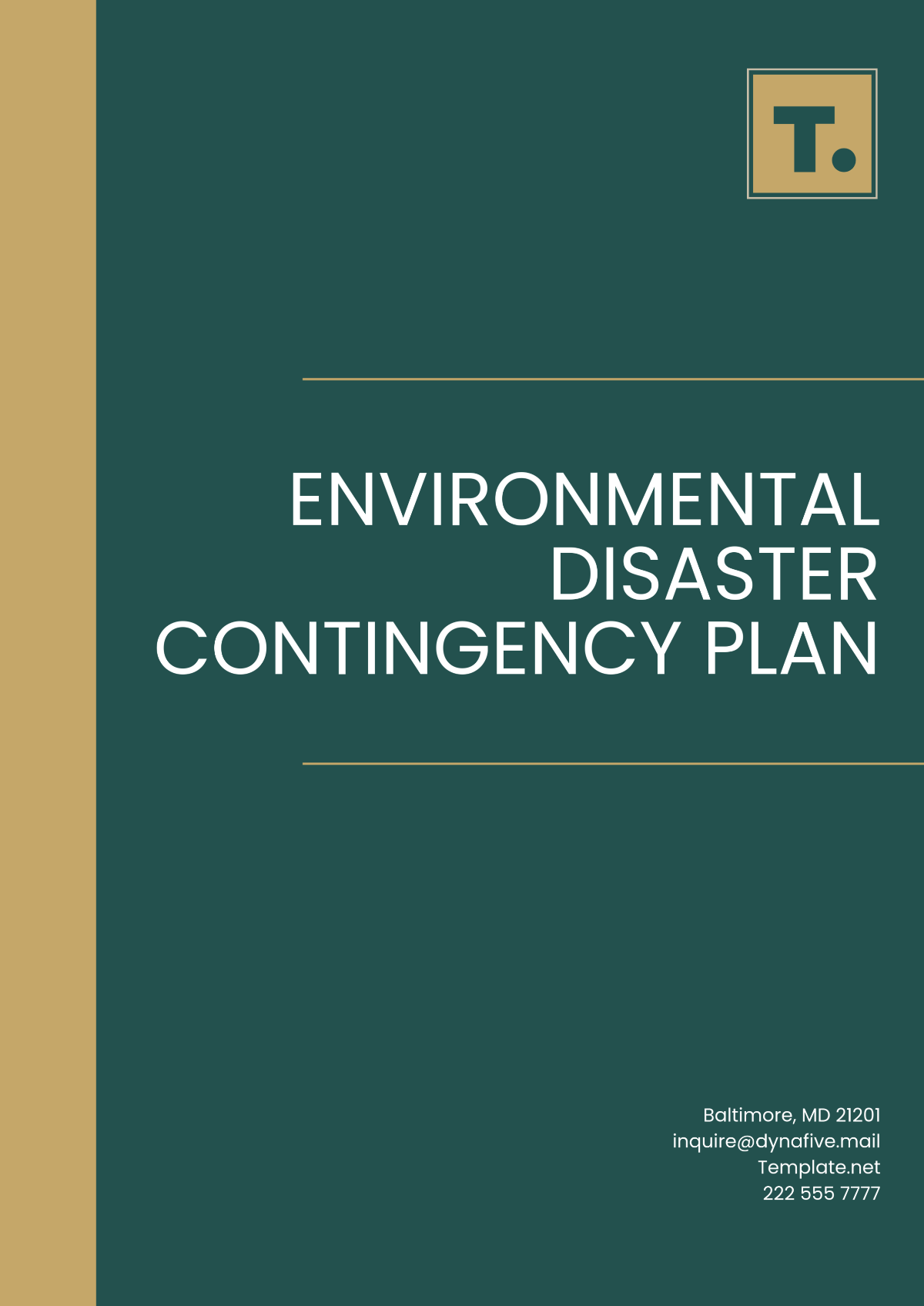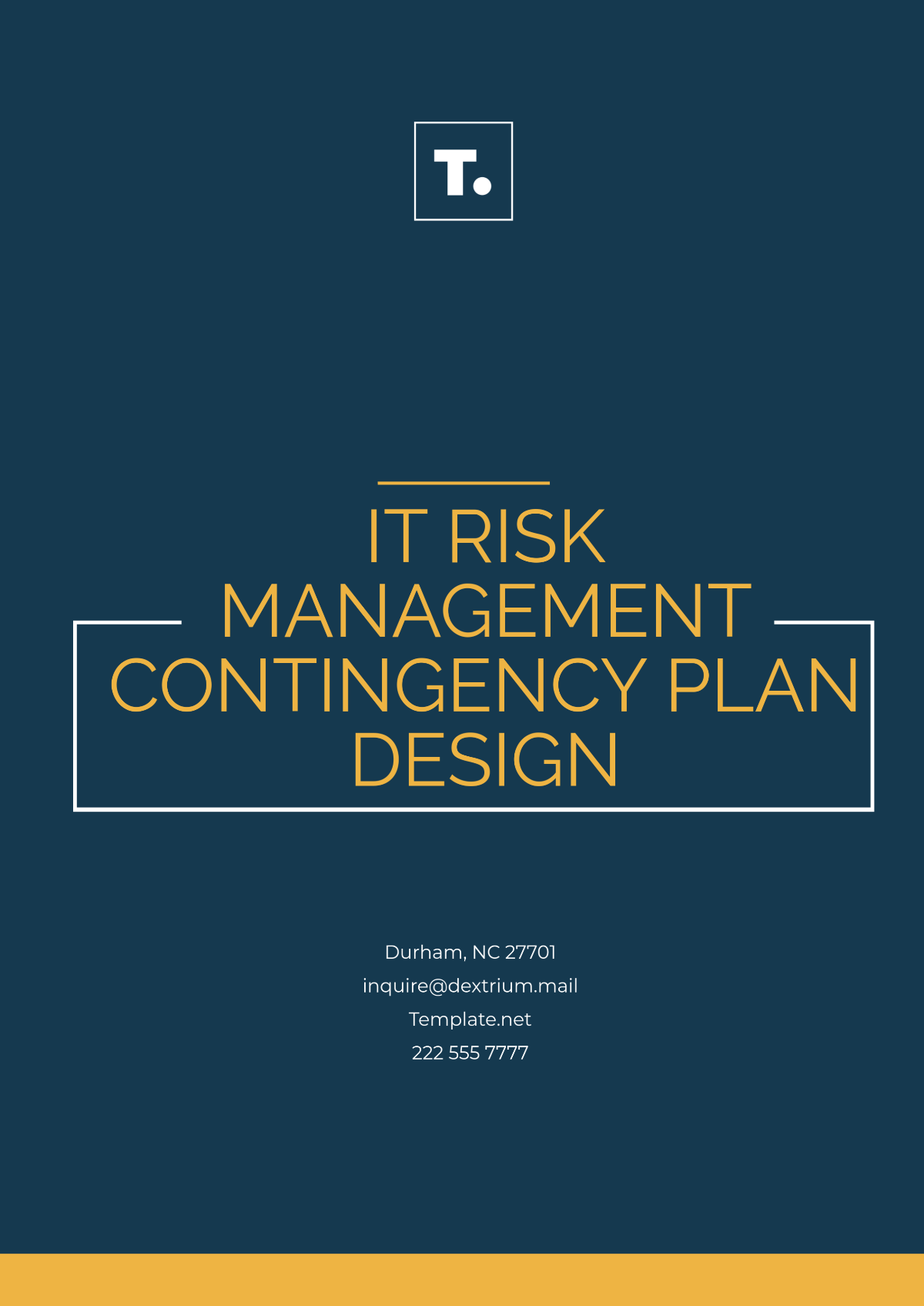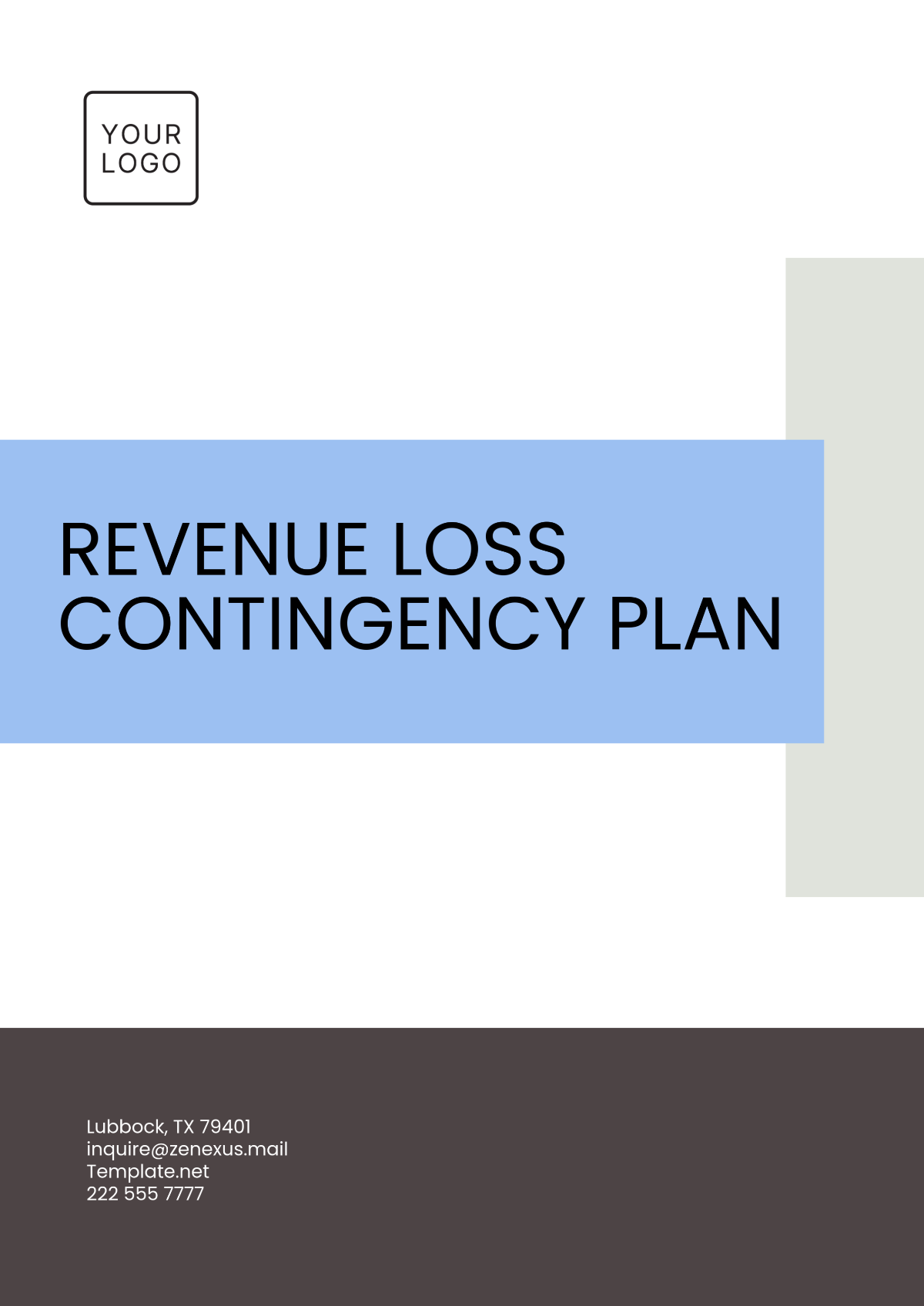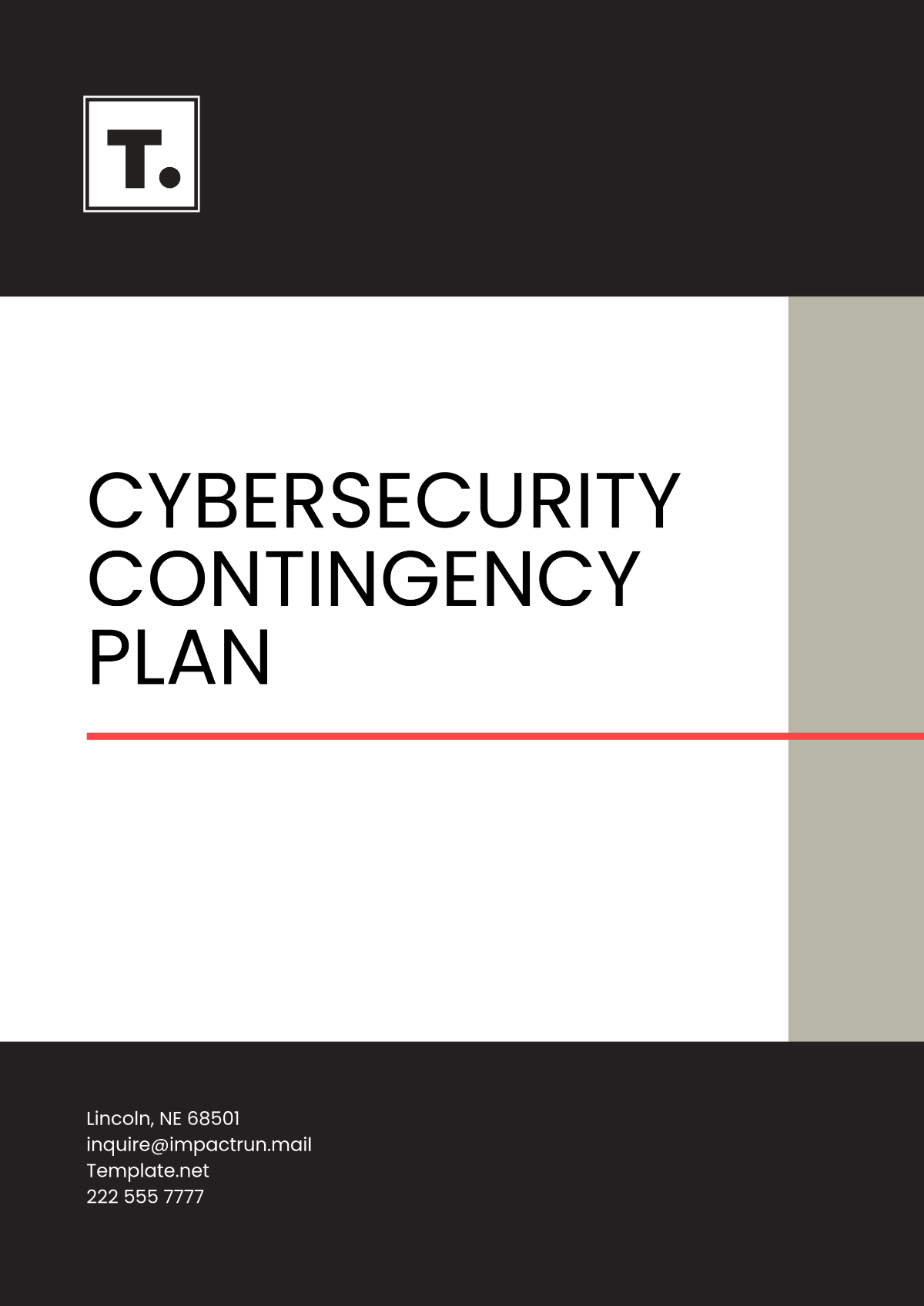Resource Management Contingency Plan
Prepared By: [Your Name]
Date: June 18, 2060
I. Introduction
This Resource Management Contingency Plan establishes a comprehensive framework for identifying and mitigating potential disruptions to resource availability, ensuring continuity of operations from 2060 onwards. The purpose is to proactively address risks, implement strategic responses, and optimize resource allocation to maintain organizational resilience. This plan encompasses all critical resources, including human, financial, technological, and physical assets.
II. Risk Assessment
This section aims to identify potential risks that could adversely impact resource availability and operations. Key risks include:
Natural disasters (e.g., floods, earthquakes)
Supply chain disruptions
Technology failures and cybersecurity threats
Economic fluctuations and financial constraints
Regulatory changes and compliance issues
III. Contingency Strategies
Upon identifying specific risks, detailed response strategies are crafted to mitigate their impact. Contingency actions include:
Natural Disasters: Establish emergency protocols, secure critical infrastructure, and maintain an inventory of essential supplies
Supply Chain Disruptions: Develop alternative supplier networks and implement just-in-time inventory strategies.
Technology Failures: Implement data backup systems, conduct regular cybersecurity audits, and establish incident response teams.
Economic Fluctuations: Diversify investments across assets and sectors to reduce risk and boost returns, while keeping a separate emergency fund.
Regulatory Compliance: Conduct regular compliance reviews and engage in proactive lobbying efforts.
IV. Resource Allocation
During disruptions, efficient resource allocation is paramount. Strategies include:
Redistributing personnel to essential areas of need
Prioritizing funding for critical projects and operations
Allocating technological resources to secure remote work capabilities
Modifying physical resource logistics to ensure continuity of supply
V. Roles and Responsibilities
Successful execution of this plan requires clear assignment of roles:
Resource Management Team: Responsible for overseeing the comprehensive execution of plans and strategies while also making crucial decisions that guide and influence the direction and outcomes of projects or initiatives.
Department Heads: Tasked with supervising and handling the department's resources to ensure their effective and efficient utilization, you must also promote communication and cooperation among team members and departments to foster a smooth and coordinated workflow.
Emergency Response Coordinators: Lead and manage initiatives to resolve the disruption and oversee all communication aspects.
IT and Security Personnel: Ensure the integrity of technological systems and data protection.
VI. Communication Plan
Effective communication is vital during disruptions:
Internal Communication: Regular updates are provided through a combination of detailed internal memos, regularly scheduled meetings and the use of various digital platforms.
External Communication: Providing stakeholders with timely information through the distribution of press releases as well as updates via social media platforms.
Feedback Loops: The organization has established numerous avenues through which employees and stakeholders can provide feedback, allowing for the continuous refinement and improvement of response efforts.
VII. Monitoring and Review
This plan will be subject to ongoing monitoring and annual reviews starting in 2060 to ensure relevance and effectiveness. Key activities include:
Regular drills and simulation exercises to test response strategies.
Annual reviews to update risk assessments and strategies.
Collecting data and feedback to inform continuous improvement.































